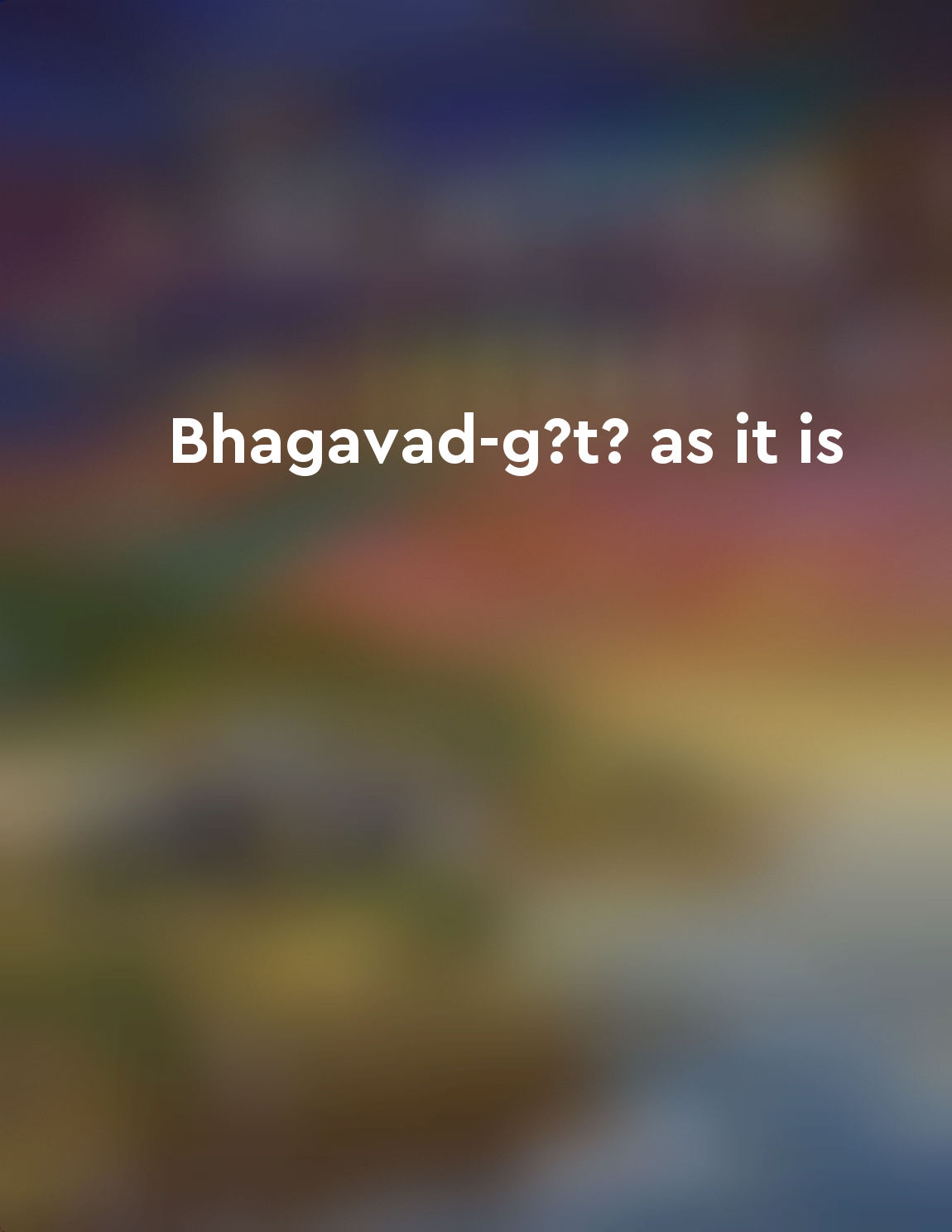The various sects and traditions within Hinduism showcase its diverse nature from "summary" of The True History and the Religion of India by Prakashanand Saraswati
Hinduism, the ancient religion of India, is known for its diverse and multifaceted nature. One of the key aspects that highlight this diversity is the presence of various sects and traditions within the religion. These different sects and traditions embody a wide range of beliefs, practices, rituals, and philosophies, reflecting the rich tapestry of Hindu thought. Each sect within Hinduism has its own unique set of beliefs and practices, which are often rooted in specific texts and scriptures. For example, followers of the Vaishnava tradition worship Lord Vishnu as the supreme deity, while followers of the Shaiva tradition worship Lord Shiva. Similarly, the Shakta tradition centers around the worship of the Divine Mother, or Shakti. The diversity within Hinduism is not limited to the worship of different deities; it also encompasses a wide range of philosophical perspectives. For instance, the Vedanta tradition emphasizes the non-dualistic nature of reality, while the Samkhya tradition focuses on the dualistic relationship between purusha (consciousness) and prakriti (matter). Additionally, the Yoga tradition offers a systematic path for spiritual practice and self-realization. Furthermore, the various sects and traditions within Hinduism are often associated with different rituals and ceremonies. These rituals play a significant role in the religious and social life of Hindus, serving as a means of connecting with the divine, seeking protection, and fostering communal harmony. From elaborate temple rituals to simple home puja ceremonies, the diversity of Hindu rituals reflects the myriad ways in which devotees express their faith and devotion.- The presence of diverse sects and traditions within Hinduism is a testament to the religion's inclusive and adaptable nature. Rather than being a monolithic belief system, Hinduism accommodates a wide spectrum of beliefs, practices, and worldviews, allowing individuals to find their own spiritual path within the overarching framework of the religion. This diversity not only enriches the religious landscape of India but also serves as a source of inspiration and learning for people around the world.
Similar Posts

Bhakti yoga
The Bhakti-yoga process is the simplest process. The Lord says that one should surrender unto Him, giving up all other engageme...
His third eye symbolizes wisdom and destruction
In the Hindu tradition, Lord Shiva is often depicted with a third eye on his forehead. This iconic symbol is rich with meaning ...
Sacrifice as a religious act
The notion of sacrifice as a religious act is deeply rooted in the beliefs and practices of various cultures throughout history...
Let go of attachments and desires
The key to receiving divine blessings from Mahadev is to release all attachments and desires that bind us to the material world...
Shiva's sacred ash symbolizes the impermanence of life
Shiva's sacred ash is a potent symbol that reminds us of the transient nature of life. This ash, known as Vibhuti, is often sme...
The various sects and traditions within Hinduism showcase its diverse nature
Hinduism, the ancient religion of India, is known for its diverse and multifaceted nature. One of the key aspects that highligh...
Religions provide a framework for understanding life's mysteries
Throughout human history, people have grappled with profound questions about the meaning of life, the nature of existence, and ...
Embrace the journey of selfdiscovery
The path of self-discovery is a journey that we must all embark upon at some point in our lives. It is a journey of uncovering ...

